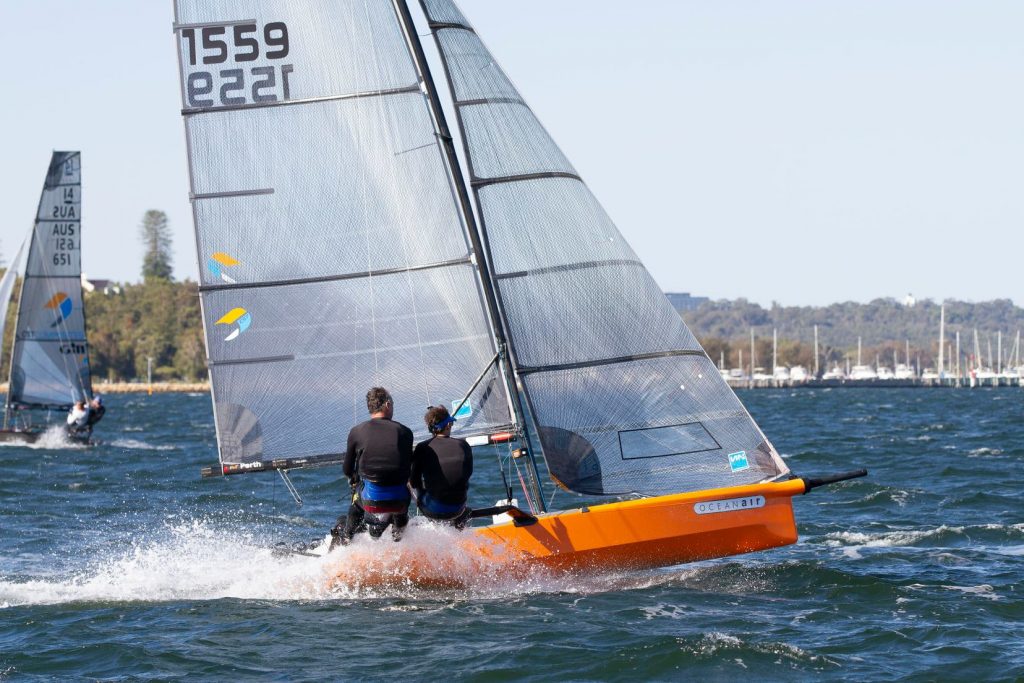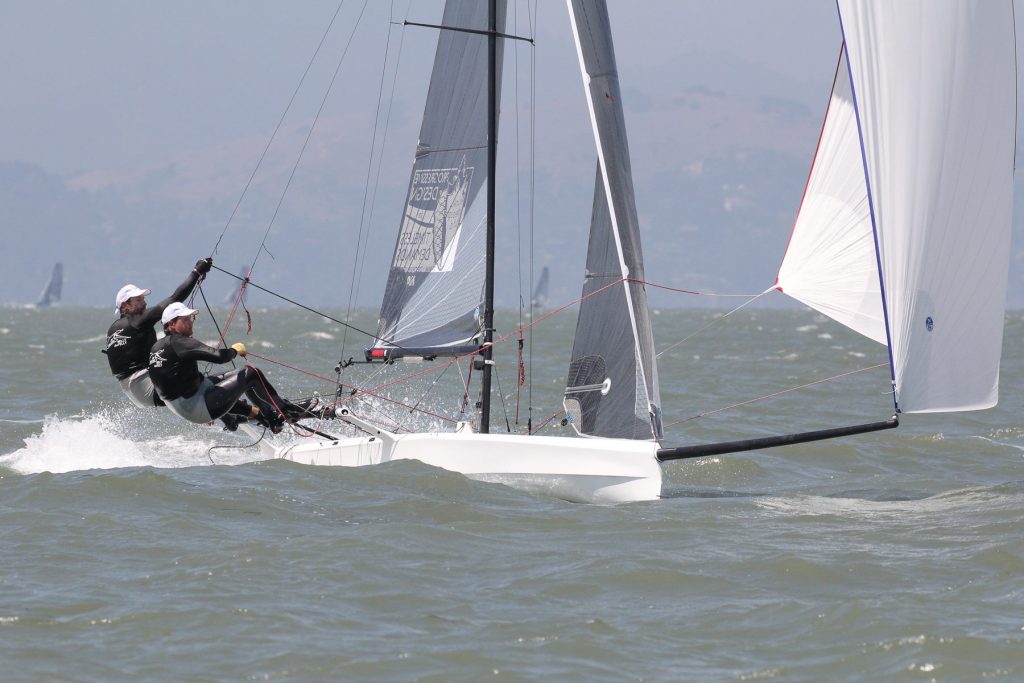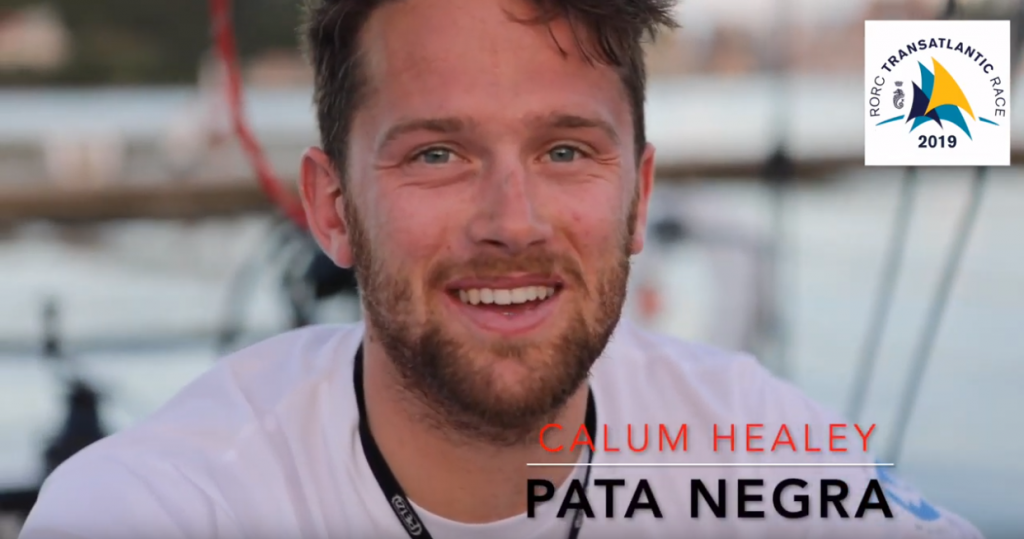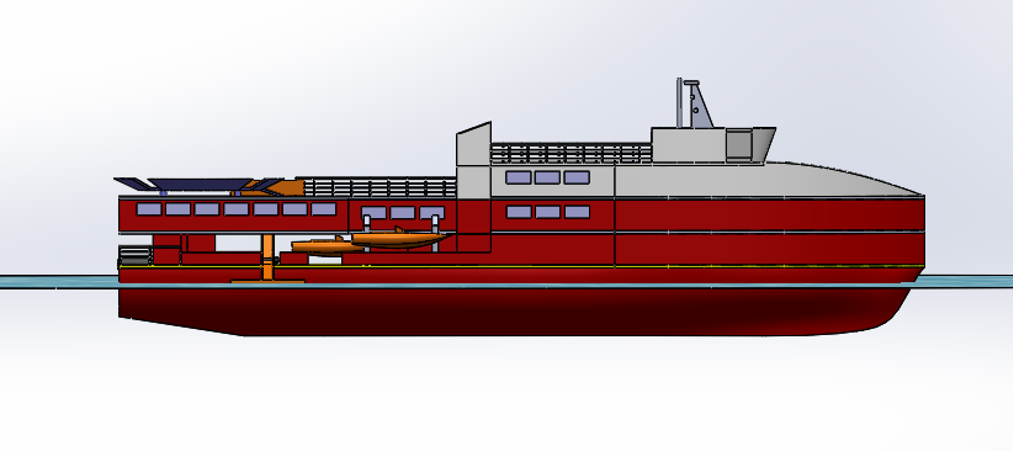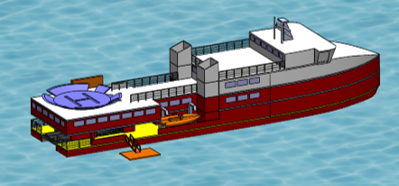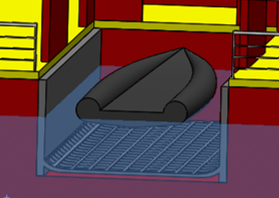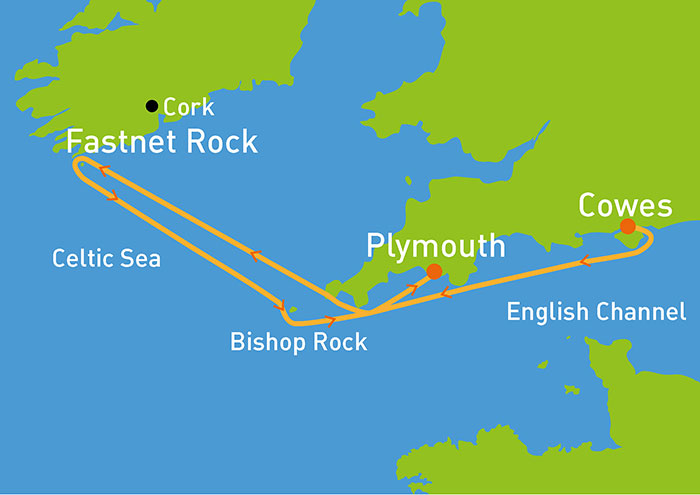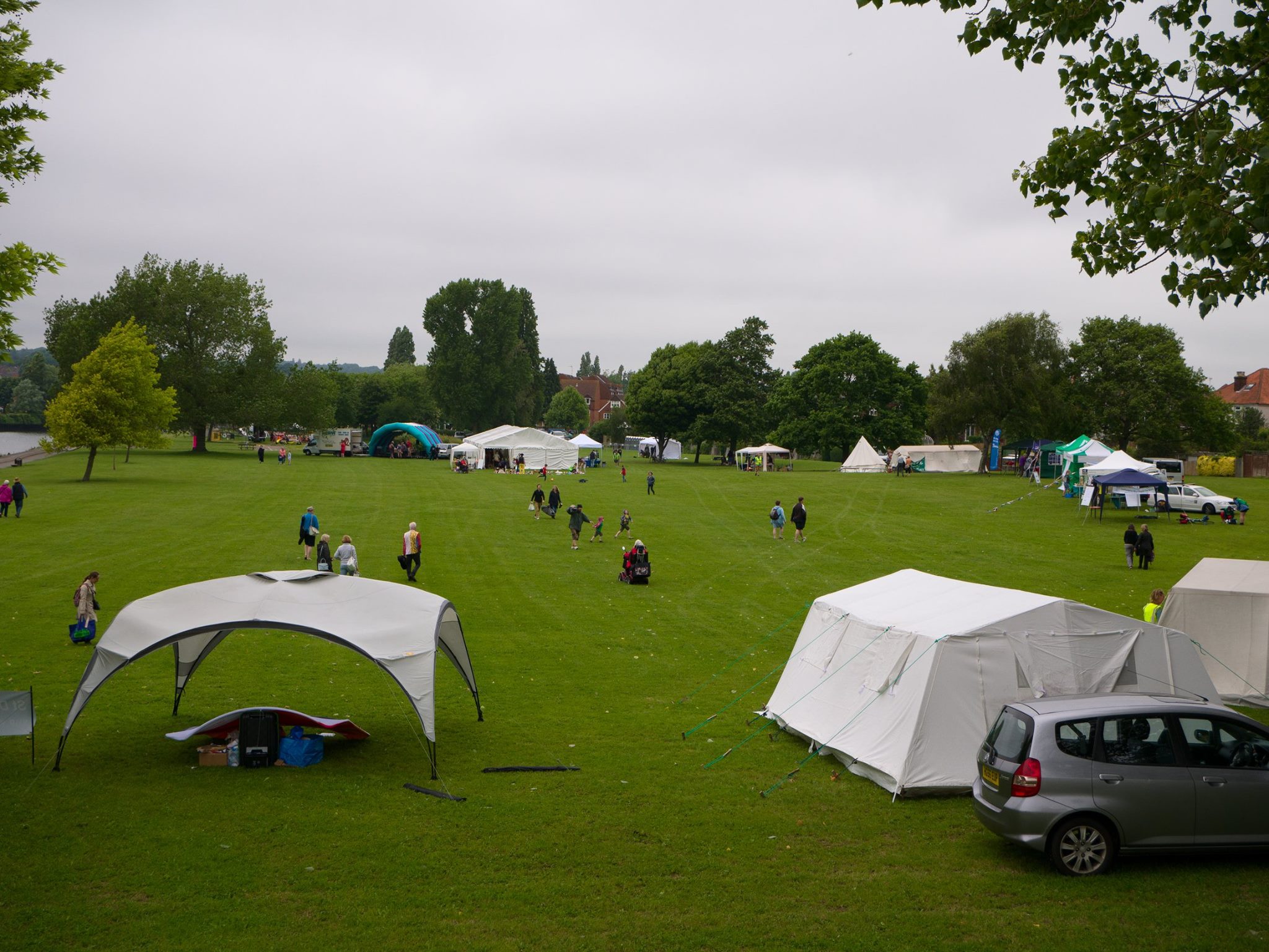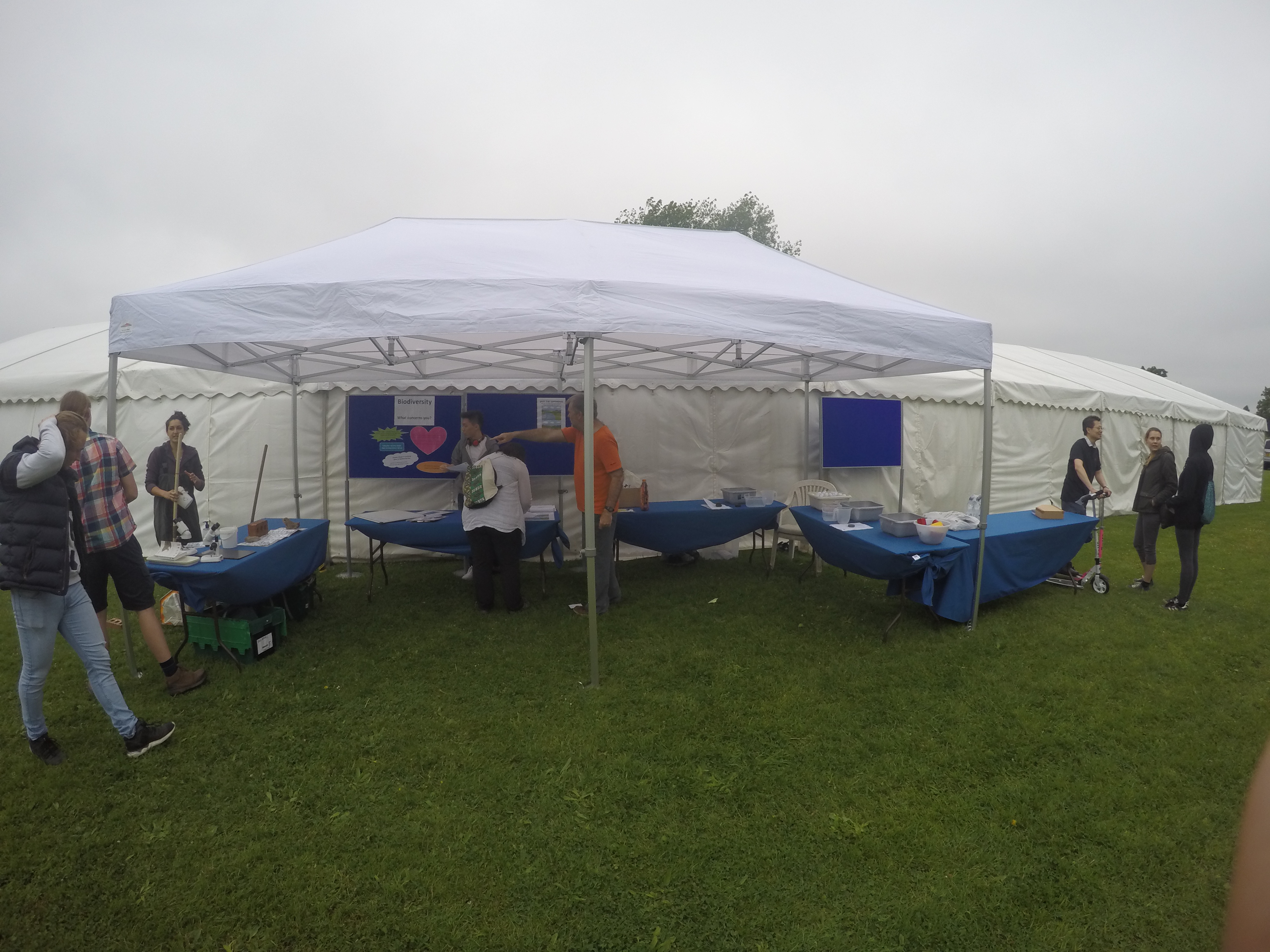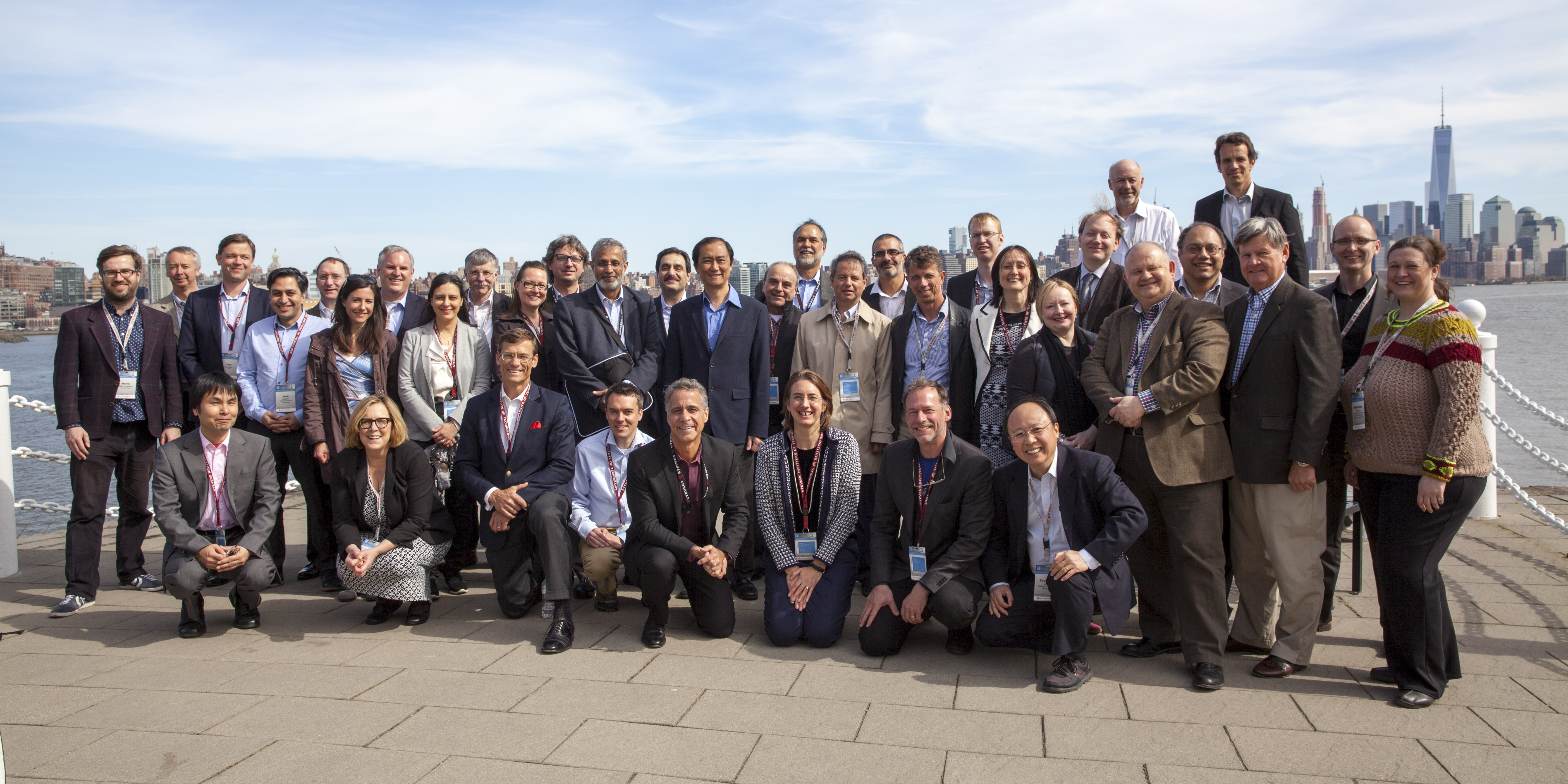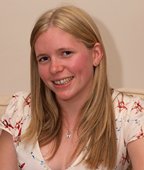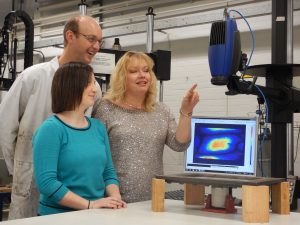A group of University of Southampton student in the School of Engineering representing Ship Science, Mechanical Engineering and Aeronautical Engineering took part in the SuMoth challenge in June on Lake Garda . The SuMoth challenge is to design, build and race an international moth class sailing boat but using sustainably sourced materials and components. The students did this as part of their final MEng Group Design project. Their solution, named Moonshots (an acronym of Soton’s Moth), comprises of a flax fibre and bio-resin hull and wing bars that are made from wood. All of the components are either a combination of recycled and upcycled parts.
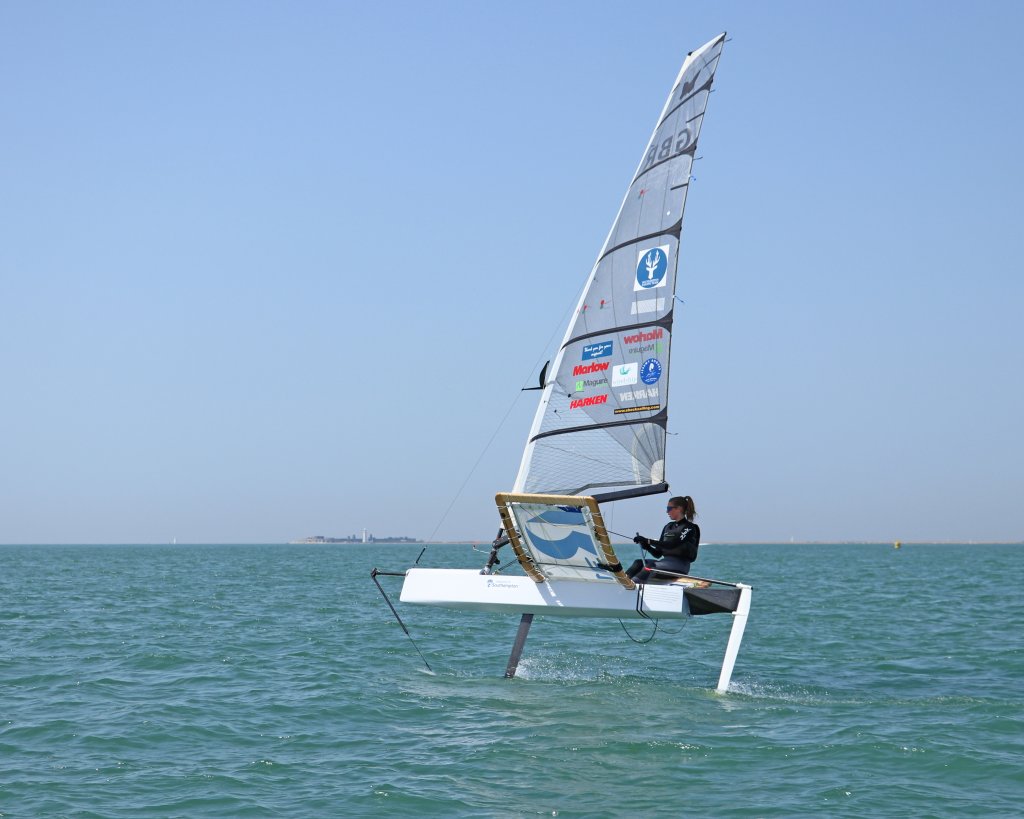
The international moth is a high performance single handed sailing class which utilises hydrofoils to lift the hull out of the water and achieve very high speeds. It is a challenging class to sail in and it is internationally highly competitive. As an open design class with a box rule, designers utilise the best of all materials and components in search of the competitive edge. This makes entering the class, at the top level, very expensive and somewhat elitist. The SuMoth ethos is to encourage sustainability not only in terms of materials but also in terms of accessibility. The competition in Lake Garda attracts students from all over the world, with a team travelling from Canada this summer. The Moonshots team won Gold in the Reliability and Sustainability categories and silver in Design and a special mention for being the fastest SuMoth in the fleet.
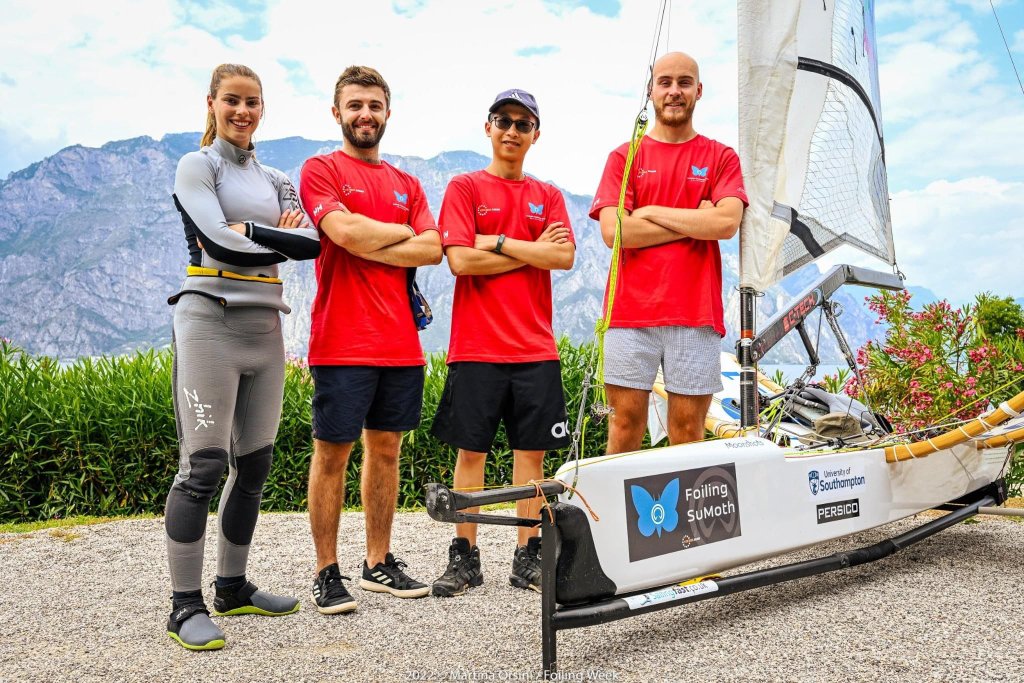
The team was led by internationally renowned sailor and Ship Science graduate Hattie Rogers who graduated in the summer with a first class MEng degree. Hattie retained her national title as top female sailor in the challenging and high competitive WASPZ class , also a hydrofoiling, but one-design class, where male and female sailors race against each other on the same course. She has been involved with Team Ineos and sailed with Sir Ben Ainsley in the SailGP class, a super high-performance hydrofoiling catamaran class attracting the best sailors in the world
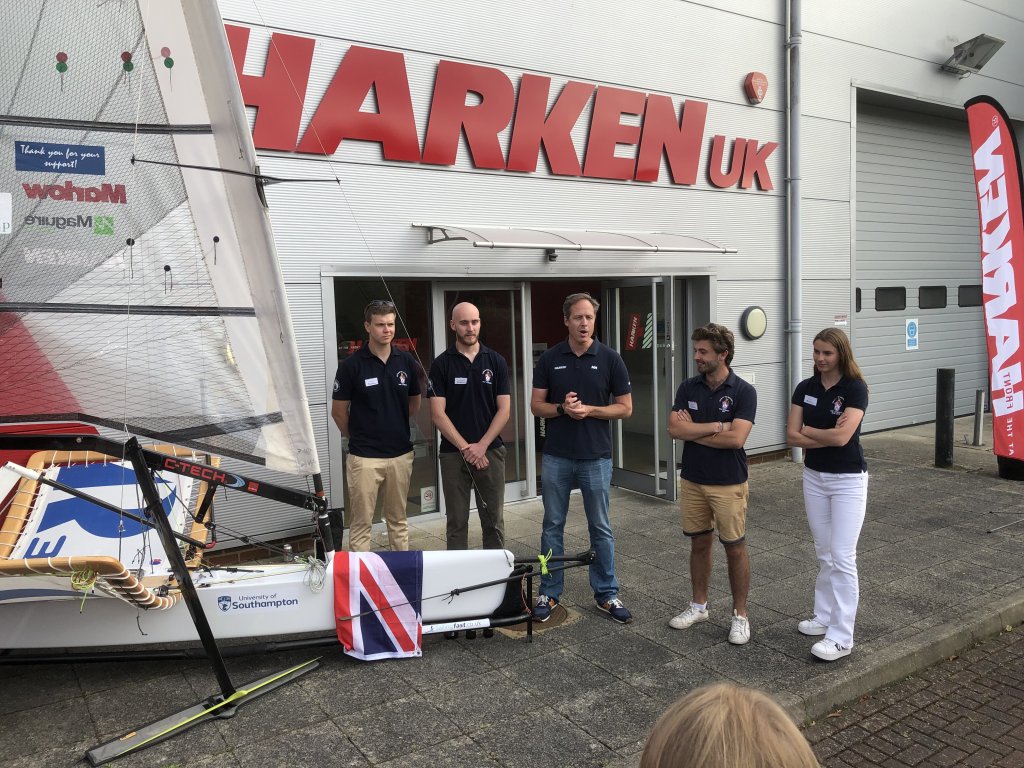
The Moonshots SuMoth project has attracted some serious interest and there were a number of companies in the local area that sponsored the project. Harken UK, in particular, provided a range of second-hand deck hardware and hosted the launch event at their headquarters in Lymington

